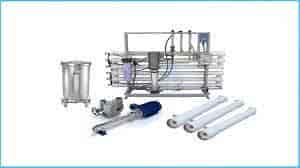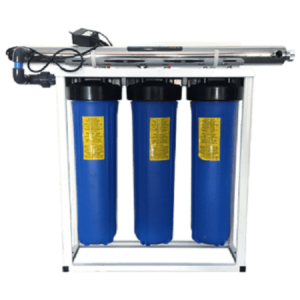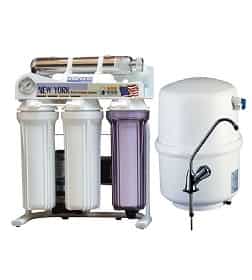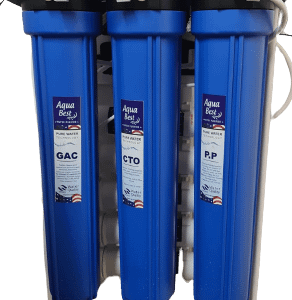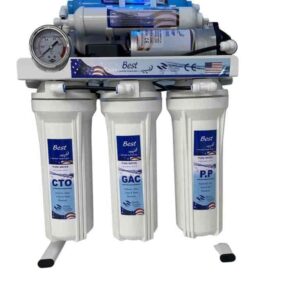Best Components of Industrial Ro System
Buy on whatsappDescription
Industrial reverse osmosis (RO) systems are widely used in various sectors for water purification. These systems consist of several components that work together to provide efficient and effective water treatment. In this article, we will explore the best components of an industrial RO system and their importance in ensuring top-notch performance and water quality.
1. High-Quality Membranes
One of the key components of an industrial RO system is the membrane. RO membranes are responsible for removing impurities, contaminants, and dissolved solids from the water. High-quality membranes with excellent filtration capabilities and longevity are crucial for achieving optimal water purification. These membranes are designed to selectively allow water molecules to pass through while blocking harmful substances, ensuring clean and safe water output.
2. Efficient Pumps
Pumps play a vital role in an industrial RO system by providing the necessary pressure to push water through the membrane. High-performance pumps with robust construction and efficient energy consumption are essential for maintaining the desired flow rate and pressure. They ensure a steady water supply and contribute to the overall efficiency of the system.
3. Pre-Treatment Filters
Pre-treatment filters are installed before the RO membrane to remove large particles, sediments, and chemicals that could potentially damage the membrane. These filters help protect the membrane and extend its lifespan, reducing the frequency of maintenance and replacement. Common pre-treatment filters include sediment filters, activated carbon filters, and multimedia filters, depending on the specific water quality requirements.
4. Pressure Gauges and Flow Meters
Pressure gauges and flow meters are instrumental in monitoring and controlling the performance of an industrial RO system. Pressure gauges provide real-time information on the system’s operating pressure, ensuring that it remains within the optimal range. Flow meters, on the other hand, measure the flow rate of water through the system, allowing operators to detect any abnormalities and make necessary adjustments promptly.
5. Control Panel and Automation
Modern industrial RO systems are equipped with advanced control panels and automation features. These components provide convenient control and monitoring capabilities, allowing operators to adjust various parameters, track performance metrics, and receive alarms or notifications if any issues arise. Automation enhances the system’s efficiency, minimizes human error, and facilitates troubleshooting and maintenance procedures.
6. Storage Tanks
Industrial RO systems often incorporate storage tanks to store purified water for later use. These tanks ensure a continuous supply of treated water even during periods of high demand or when the RO system is temporarily offline. Properly sized and well-maintained storage tanks help optimize the system’s overall performance and provide a buffer for water distribution.
Conclusion
The components discussed above are essential for the efficient operation of an industrial RO system. Each component serves a specific purpose in the water treatment process, contributing to the system’s overall performance, longevity, and water quality. When selecting an industrial RO system, it is crucial to consider the quality and reliability of these components to ensure optimal purification and long-term cost-effectiveness.
By investing in the best components for your industrial RO system, you can enjoy the benefits of reliable water purification, reduced maintenance requirements, and enhanced operational efficiency.
Remember to customize the image suggestion by providing the appropriate URL to an image relevant to an industrial RO system. Additionally, ensure that the meta description, tags, and keywords align with the content and focus of the article.

